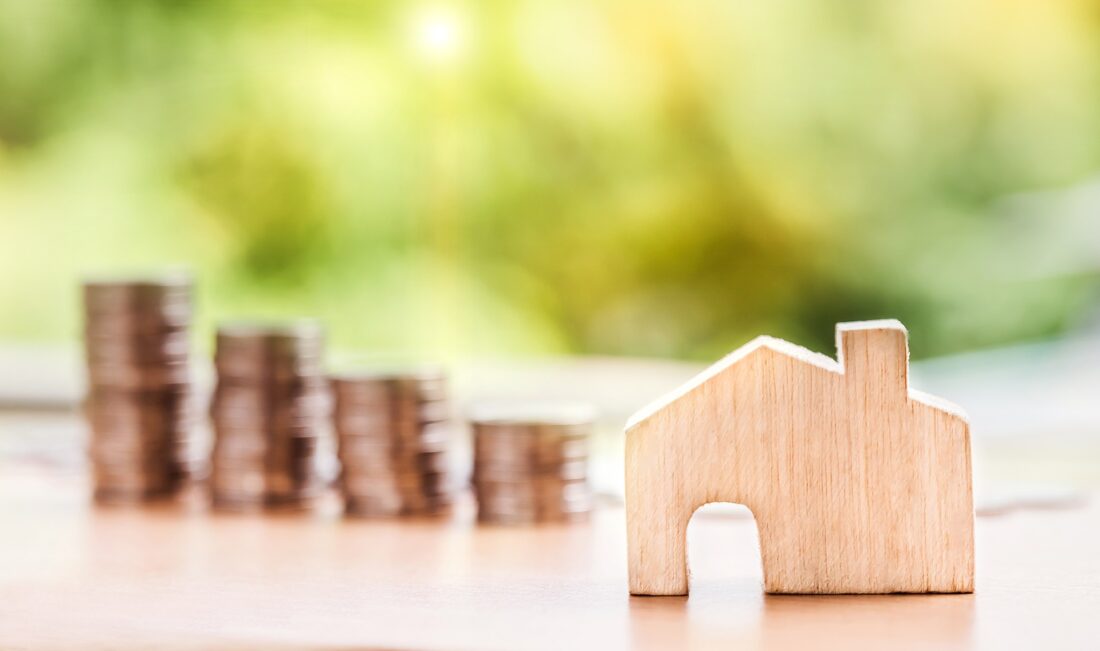I am quiet a regular traveler and have been fortunate enough to visit over 50 countries in the last decade alone. During that time I have learned an awful lot about travel and whilst I’m aware that I’ll never learn everything there is to know, I have my travel routine down to a fine art. Last month my biddy Stephen Buzzi was heading from Mexico City to Amsterdam, a 12 hour flight, and had asked me what I recommended he do, to ensure that it went as comfortably as possible. It thought then, that I would share my thoughts on long haul travel with you, in the hope that you can get some tips on how best to manage it.

Upgrade
The first thing I would say is that you should definitely try to get an upgrade, or at least enquire about prices for an upgrade for your flight. I think that if you are traveling for 9 hours or more, having the extra space and comfort is worth every penny, as long as it isn’t overly expensive of course.
Walking
The biggest problem I often find with long haul flying is that my legs and feet can get swollen which can make for an uncomfortable flight. The key to reducing the inflammation is to make sure that you take the chances to have a walk about the plane to keep the blood moving around. Try to get up at least once per hour and have a wander, do some calf raises or something similar so that you can stimulate your muscles too.
Drinking
There can be a temptation to take advantage of the alcoholic drinks which you’ll get on a long haul flight, especially if you want to sleep. With this being said, it is really important that you either keep this to an absolute minimum, or avoid it altogether. Drinking in flight makes you feel pretty bad when you wake up again or when you land, you will be dehydrated and feel worse for wear, even after just a couple. The best advice is just to drink water throughout the flight, keep your body fully hydrated.
Eating
The airplane food is what it is, filling and necessary, but it probably won’t do you any favors from a health point of view. I always like to keep my vitamin intake up when I’m traveling long haul and so I’ll usually take some dried or fresh fruit in my bag with me, as well as taking a few small bags of nuts to snack on throughout the journey. Take a little bit of food with you during the flight so that you can stay at your best.
Remember that the idea to not feeling bad after your flight is to make sure that you are giving all of your body the hydration, rest and vitamins that it needs to function at its best, in an unnatural situation, do that and you’ll feel great after the flight.

